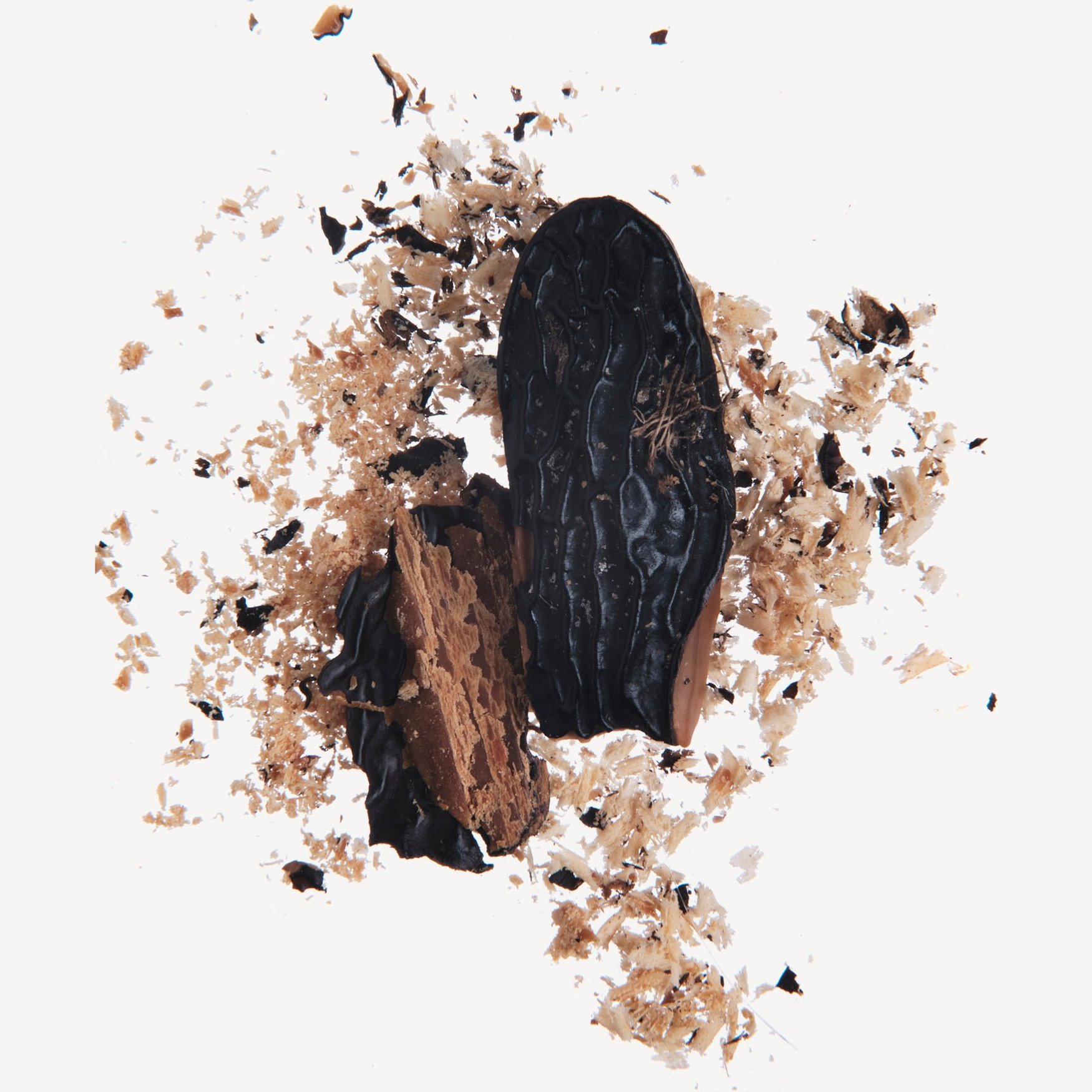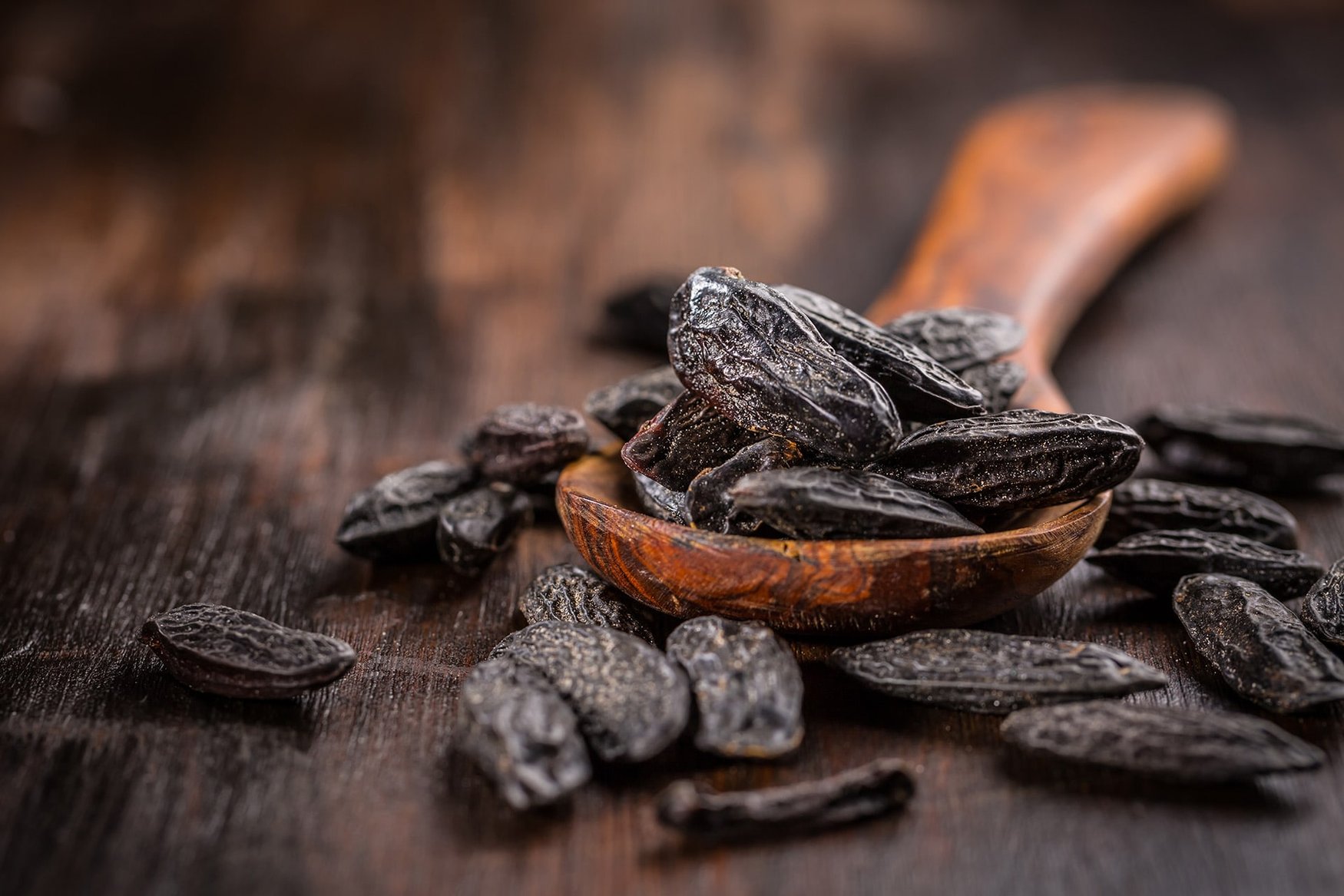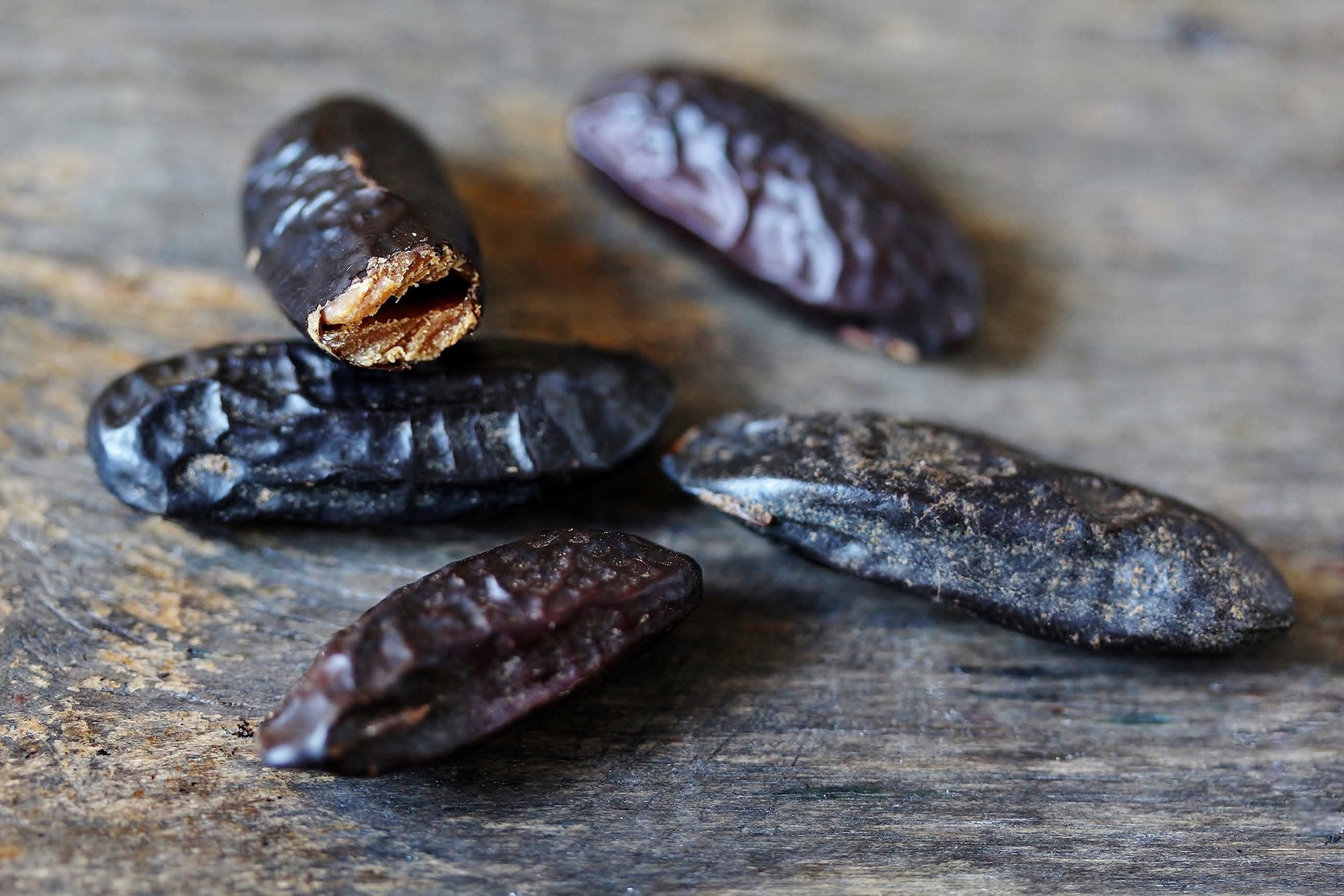Coumarin (Tonka Bean note)
Tobacco, tonka bean, hay, vanilla-like, grassy, amaretto.
An excellent fixative, the distinctly vanilla-like facets of coumarin are often blended as bottom notes in a plethora of ambery and fougère accords. A synthetic molecule, coumarin resembles the deliciously sweet scent of tonka bean, with its distinctly warm notes of caramelized almonds and freshly cut hay.
Data sheet
- Type
- Synthetic molecule



